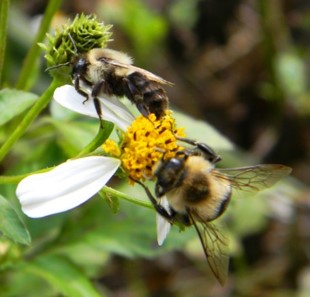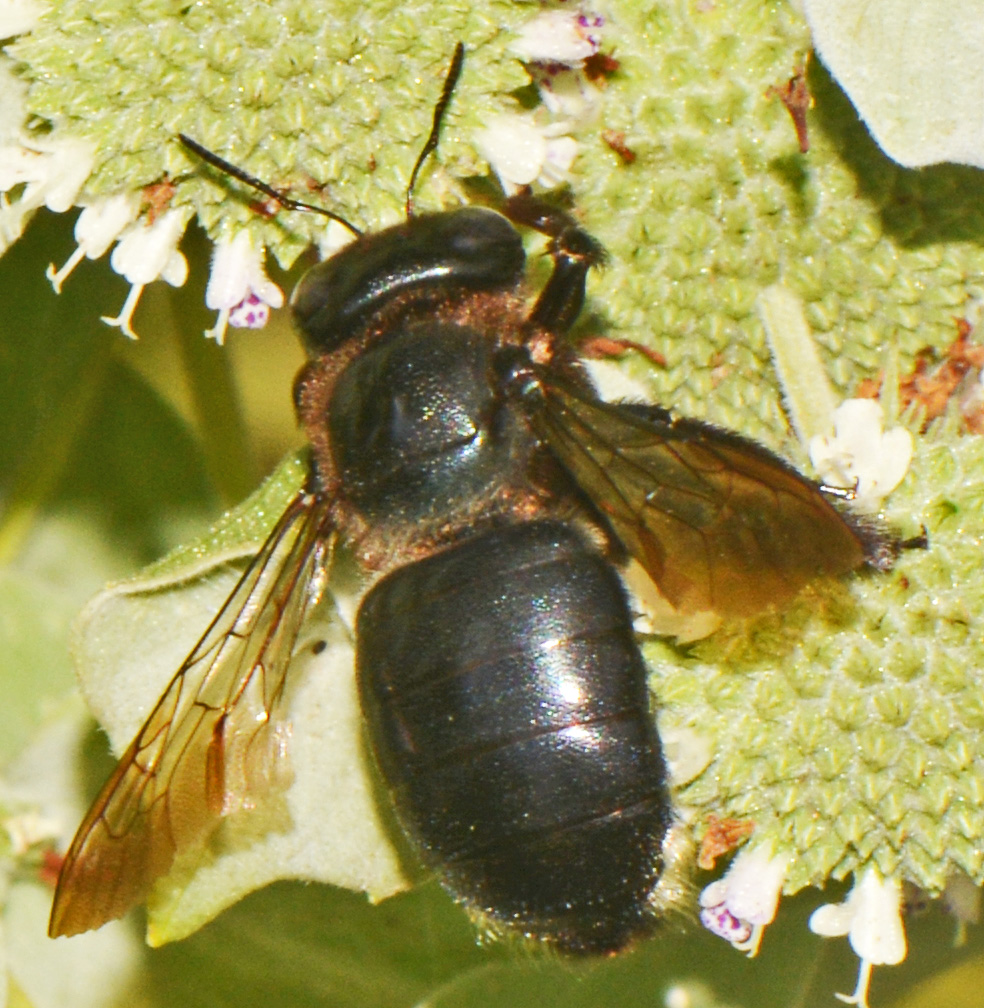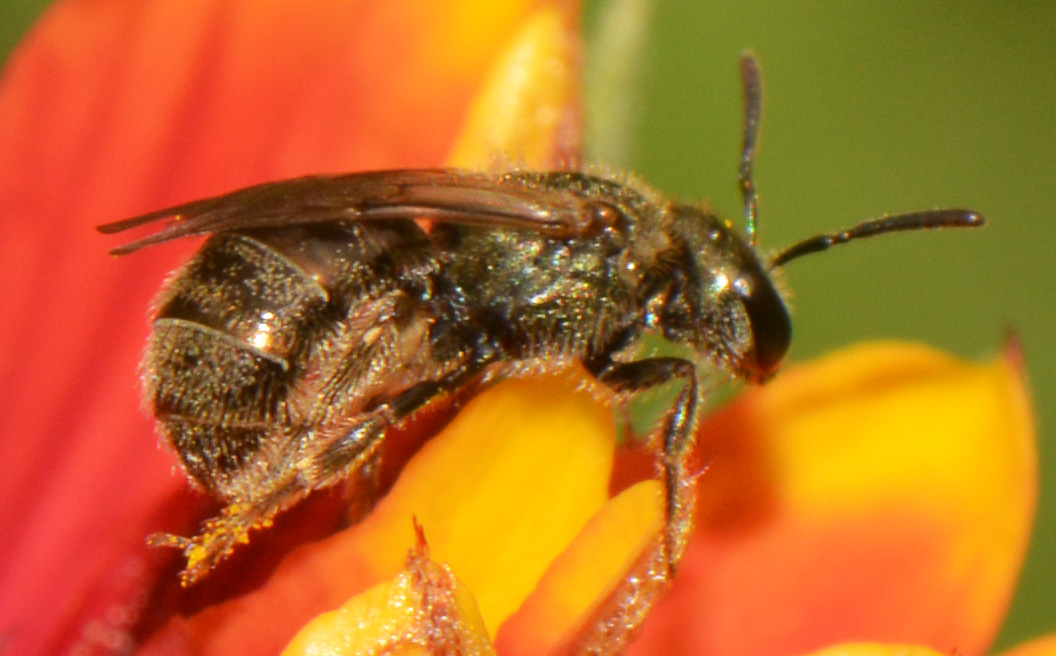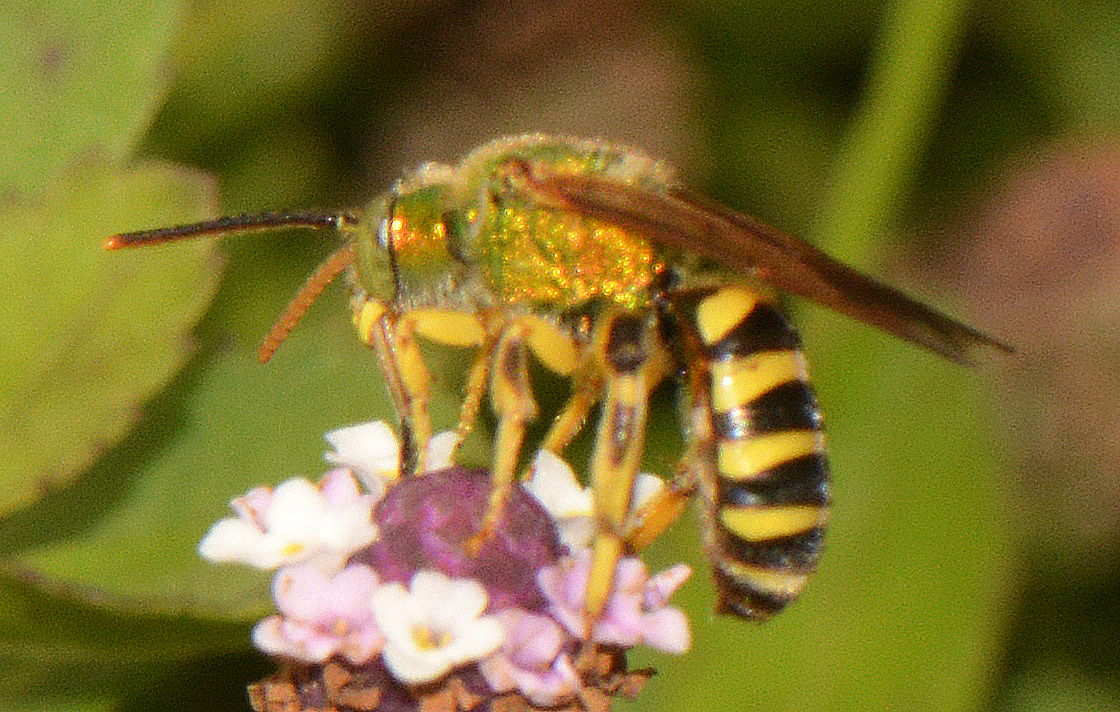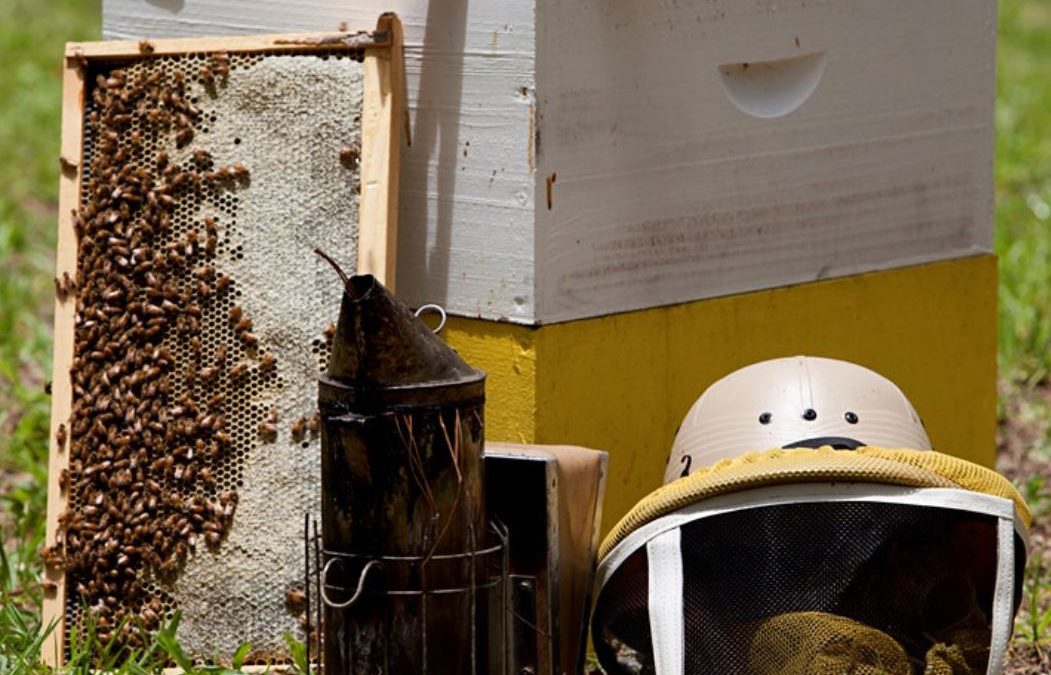
by Ray Bodrey | Apr 22, 2022
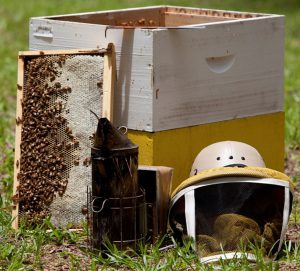
The University of Florida IFAS Extension and the Beekeeping in the Panhandle Working Group has once again teamed up to offer the 9th Annual Beekeeping in the Panhandle Conference on Friday May 6th and Saturday May 7th 2022 at the Washington County Ag Center Auditorium.
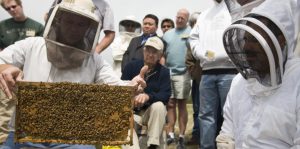
This year’s event will feature: Hands-on open hive experiences, presentations on the latest in research-based beekeeping management practices, interaction with expert beekeepers, vendors with beekeeping equipment, and hive products. Door prizes will be available as well!
The registration fee for the event will be $35 for one day or $55 for both days per person over 12, and $15 per day for kids 12 and under.
The activities will take place from 8:00 am – 5:00 pm Central each day and will include catered lunch.
Location: 1424 Jackson Avenue, Chipley, FL
Ways to register:
Registration link: https://www.eventbrite.com/e/9th-annual-beekeeping-in-the-panhandle-conference-trade-show-tickets-269199873067
Or, drop by the Washington County Extension Office in Chipley.
For more information contact Washington County Extension Office at (850) 638-6180
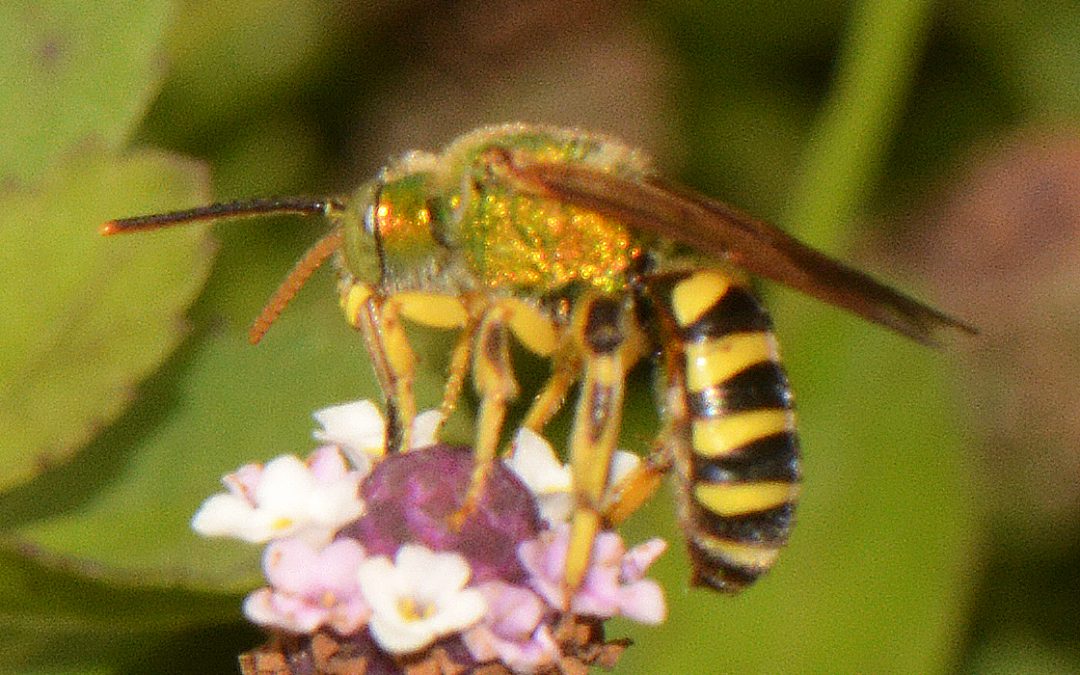
by Judy Biss | Sep 14, 2018
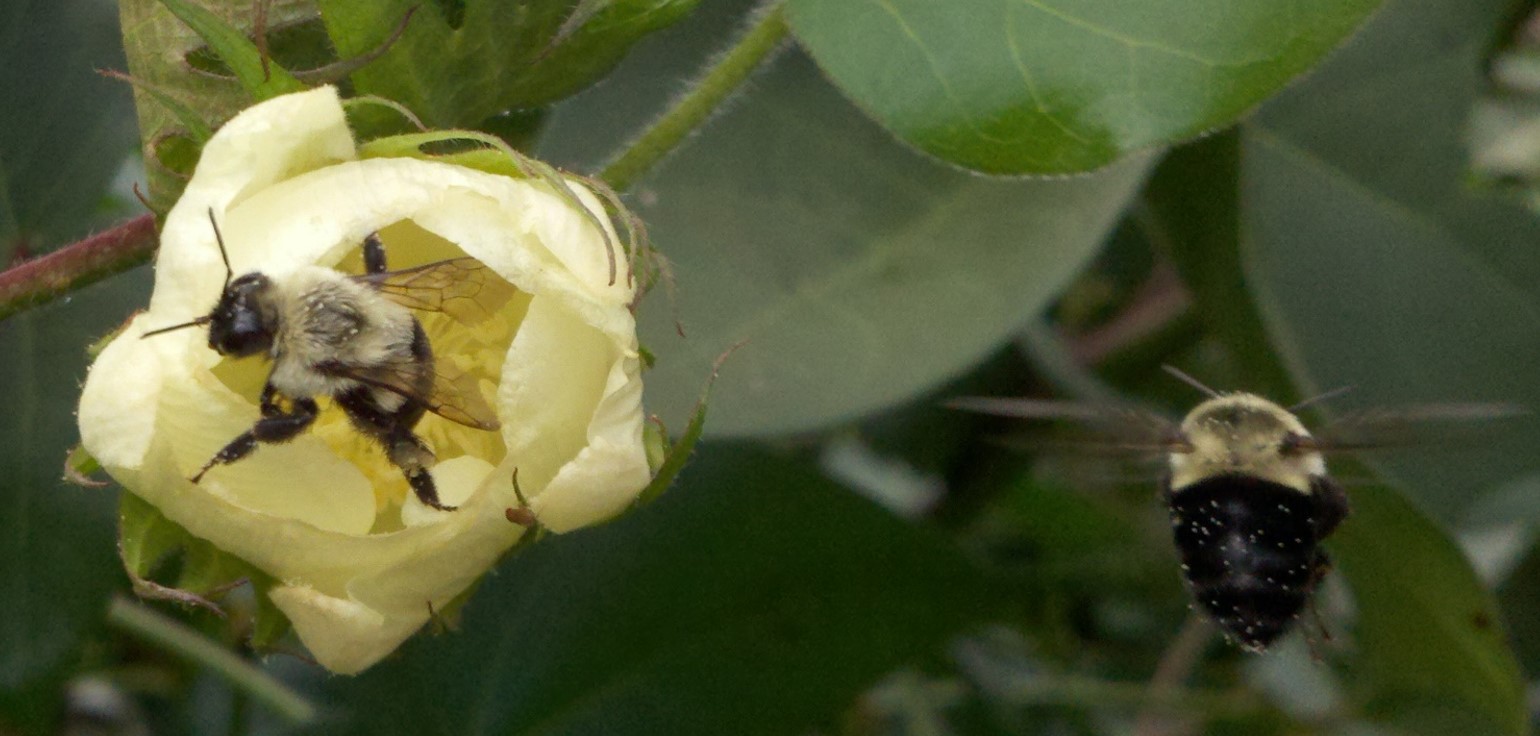
Bumble bees and other pollinators often visit the vast fields of cotton flowers in north Florida’s agricultural lands. Although cotton is mainly self-pollinating, pollination by bees can increase seed-set per cotton boll. Note the pollen grains stuck on each bee. Photo by Judy Biss
Beekeeping is thriving in Panhandle Florida and the importance of honeybee health and pollination is frequently in the news. As much as 1/3 of our food supply depends on the pollinating activities of honeybees, and because of this fact, pollinator protection was formally recognized at the federal level in 2014 when the President of the United States signed the memorandum called: Creating a Federal Strategy to Promote the Health of Honey Bees and Other Pollinators.
The goals of this policy are to increase and improve pollinator habitat for not only managed European honeybee colonies, but also native bees, birds, bats, and butterflies – all of which are vital to our nation’s economy, food production, and environmental health.
So, of the variety of pollinating insects and animals, what are some of Florida’s native pollinating bees? What do they look like and what are their characteristics? Let’s take a look at a few. Follow the links provided for additional, fascinating details. I will start with one of my favorites, because it happens to pollinate one of my favorite fruits. Blueberries!
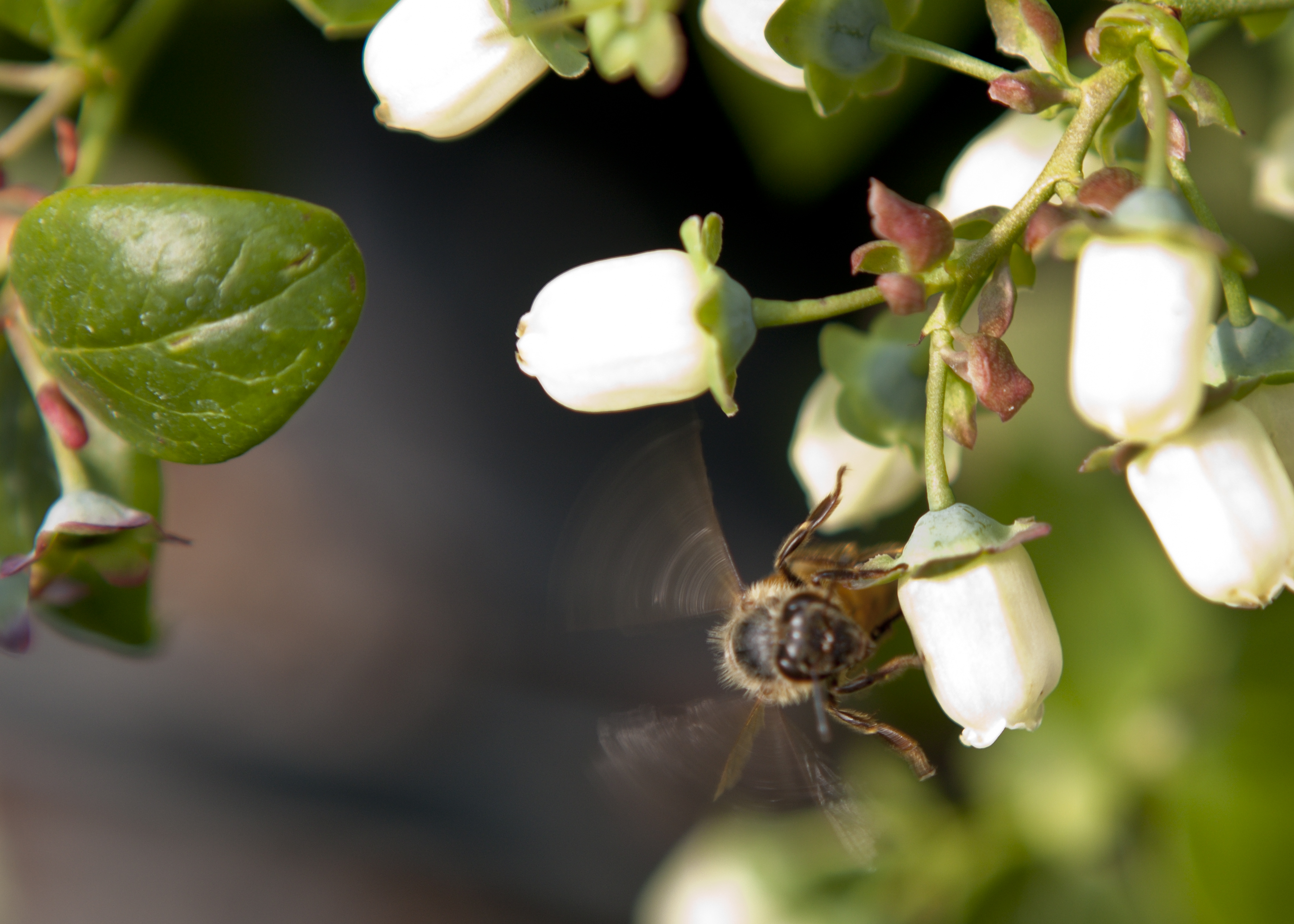
The Southeastern blueberry bee uses buzz pollination on a blueberry plant. Photo credit: UF/IFAS Photo by Tyler Jones.
While managed honeybees can pollinate blueberries, the Southeastern blueberry bee, as well as bumblebees, are much more efficient pollinators of this crop. These bees “sonicate” the flowers to release more pollen. Sonication, or buzz pollination is caused by the bee’s high-speed wing beats vibrating the flower causing pollen to fall onto the bee. As we will see with many of our native bees, the Southeastern Blueberry bee is a solitary bee meaning it does not live in colonies like the European honeybee. The Southeastern Blueberry bee digs burrows in the ground where they lay eggs that hatch the following year to start the cycle over again.

Male blue orchard bee. Males have long antennae. Credit: Kevin Hall, BugGuide.net
Blue orchard bees are native to the United States and Canada, and are important pollinators of a variety of fruits including blueberries. They are solitary bees most active in the early spring and summer. They are part of a group of bees called mason bees that use holes or tube-like structures to nest in. Some garden supply stores now carry native bee nesting cavities such as stacks of bamboo or blocks of wood with holes of varying sizes that you can use to attract these native pollinators to your backyard.
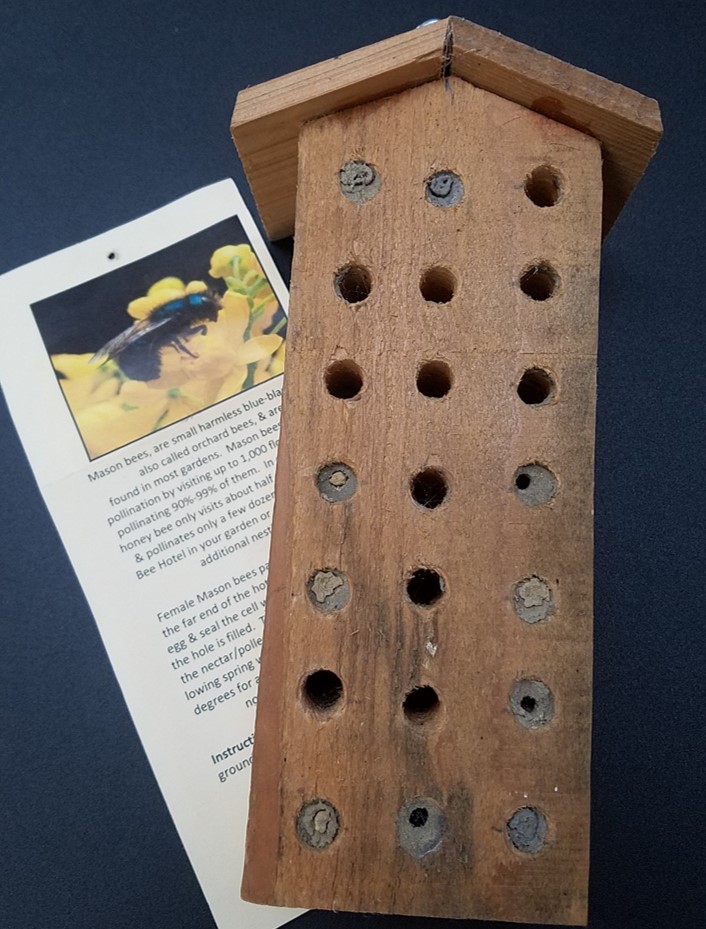
Many native pollinating bees, such as the mason bees, are solitary in nature and can be attracted to your backyard by providing nesting habitat. Bee nesting “houses,” such as this block of wood with pre-drilled holes, are available for sale more frequently now in garden supply stores. Note the cavities that were used indicated by the mud-like plugs. Photo by Judy Biss

Nesting area of the miner bee, Anthophora abrupta Say. Photograph by Jason Graham, University of Florida.
A few years ago, our office received a call about a number of bees flying around a large pile of fill dirt in one of our local parks. It turned out to be the nesting site of these fascinating bees. These bees are solitary, yet gregarious. Solitary in that the female builds her own burrow in the ground in which to lay her egg; gregarious in that they tend to congregate together to build their individual burrows. They are pollinators of a number of plants, including fruits and vegetables.
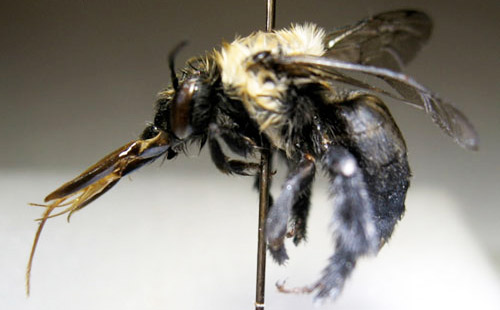
Adult female Anthophora abrupta Say, a miner bee. Photograph by Katie Buckley, University of Florida.
Bumble bees are among the most recognizable of insects. They are large, colorful, and a wonder to watch. They are also important pollinators of both native plants and agricultural crops. Bumble bees are so effective at pollinating important food crops, they are raised commercially and sold to pollinate produce such as tomatoes, peppers, cranberries, and strawberries. Blueberries and other commercially important food crops benefit from the bumblebees’ ability to “sonicate,” or “buzz pollinate,” as described above. They are social bees forming small colonies (50 – 500 individuals) in the ground or empty cavities, which only last one season.
Leafcutting bees are a group of important native pollinators found throughout the world, including North America. In Florida, there are approximately 63 different species of leafcutting bees, one of which is Osmia lignaria listed above (Blue Orchard Bee). As the name implies, these solitary bees cut neat circles from broadleaf deciduous plants which they use to build their long tubular nests. While their leaf cutting capabilities can sometimes decrease the esthetics of some common landscape plants, their actions will not harm the plants. They are pollinators of wildflowers and many of our fruits and vegetables.

Typical leaf damage caused by leafcutting bees, Megachile spp. The bees use the leaf pieces to construct nests. Photograph by L.J. Buss, University of Florida.
Sweat bees are important pollinators for many wildflowers and fruits and vegetables, including peaches, plums, apples, pears, alfalfa and sunflower. This family of bees (Halictidae) contains one of the largest genera of bees in the world, displaying a wide range of social, nesting, physical, and foraging characteristics. In Florida, there are 44 species of sweat bees.
So, the next time you are walking in the garden, or hiking in Florida’s beautiful woodlands and pastures, slow down to catch of glimpse of these busy and critically important insect pollinators. I for one am quite grateful for those bees that help produce an abundance of food… especially blueberries!
For more information, check out the following resources:
Calhoun County Florida Wasps and Flies
Love Blueberries? Thank the Blueberry Bee!
USDA Forest Service publication: “Bee Basics—An Introduction to our Native Bees,”
UF/IFAS Entomology and FDACS Featured Creatures
The Bumble Bee – One of Florida’s Vital Pollinators
Blue Orchard Bee, Osmia lignaria Say (Insecta: Hymenoptera: Megachilidae)
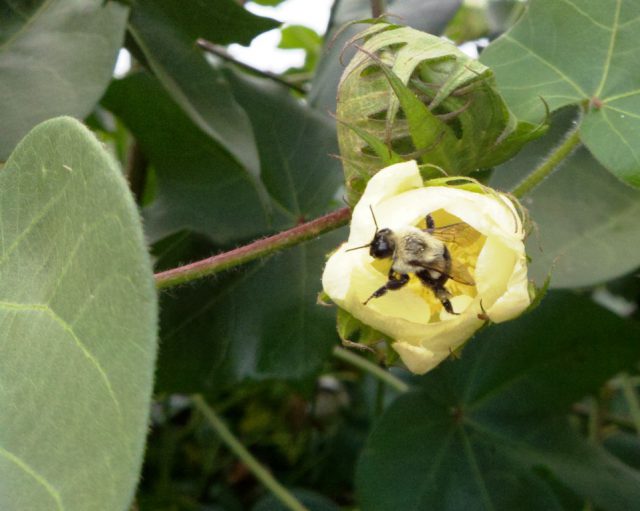
by Judy Biss | Sep 22, 2017

Cotton is largely self-pollinating but attractive to bees. Pollination by bees can increase seed set per boll. Photo by Judy Biss
“The happiness of the bee and the dolphin is to exist.
For man it is to know that and to wonder at it.”
Jacques Yves Cousteau
Bumble bees are among the most recognizable types of insects. They are large, colorful, and a wonder to watch. They’re also popularized in media, cartoons, and clip-art images, but beyond the popular images, bumble bees are worthy of our attention as important pollinators of both native plants and agricultural crops. They are one of hundreds of pollinating bees that are critical to the abundance of our native lands, wildlife, and also our food supply. Protection of pollinators has received national recognition and many programs are now geared towards pollinator conservation.
Why is Pollinator Protection Important?
According to the UF/IFAS publication Minimizing Honey Bee Exposure to Pesticides:
The western honey bee is conceivably the most important pollinator in Florida and American agricultural landscapes. The honey bee is credited with approximately 85% of the pollinating activity necessary to supply about one-quarter to one-third of the nation’s food supply. Over 50 major crops in the United States and at least 13 in Florida either depend on honey bees for pollination or produce more abundantly when honey bees are plentiful.
And:
“Growers also use other managed bees species, such as the bumble bee to provide field and greenhouse crop pollination services. Additionally, there are more than 315 species of wild/unmanaged bees in Florida that play a role in the pollination of agricultural crops and natural and managed landscapes. These include mining bees, mason bees, sweat bees, leafcutter bees, feral honey bees, and carpenter bees, among others.”
Pollinator Protection was formally recognized at the federal level in 2014 when the President of the United States signed an official memorandum entitled: Creating a Federal Strategy to Promote the Health of Honey Bees and Other Pollinators which outlines specific steps to increase and improve pollinator habitat. These steps are geared towards protecting and restoring populations of not only honey bees, but native bees, birds, bats, and butterflies; all of which are vital to our nation’s economy, food production, and environmental health.
Bumble Bee Biology and Ecology
There is much to learn about these fascinating insects. Here are some facts to feed your curiosity. Additional resources are listed at the end of this article.
- Bumble bees belong to the genus Bombus within the family Apidae. As such, they are related to honey bees, carpenter bees, cuckoo bees, digger bees, stingless bees, and orchid bees.
- There are about 50 species of North American bumble bees.
- Bumble bees are social and form colonies like honey bees do, but bumble bee colonies are smaller (50 – 500 individuals) and their colonies only last one season.
- Bumble bees generally make their nests in the ground using abandoned rodent cavities or under old tree roots, etc.
- Each spring, a mated queen emerges from winter hibernation and finds a suitable underground cavity. She begins collecting nectar and pollen and laying eggs to build her colony.
- By late summer and into fall, the only surviving member of the colony are new queens.
- These queens mate and then they hibernate during winter 2-5 inches deep in the soil. The following spring these queens emerge and start new colonies, repeating the annual cycle.
- Bumble bees are adapted to a wide range of environmental conditions and can forage in cooler, cloudier, and wetter weather better than other bees. Because of this adaptation, they are generally the first bees out in early spring and the last bees out in the fall.
- Since bumble bees are adapted to a wide range of environmental conditions, they are also able to feed on a wide variety of flowering plants.
- Bumble bees do make honey, but only enough to feed the colony during bad weather when they are unable to go out and forage.
- Bumble bees, like the blueberry bee collect pollen from certain flowers using a unique behavior called “buzz pollination,” or “sonication.” This behavior is not found in European honey bees. Some plants, blueberries for example, hold tightly to their tiny pollen. Bumble bees and blueberry bees grab the flower structure and powerfully vibrate their wings while holding onto the flower. Their whole body vibrates and literally shakes the pollen lose from the flower.
- Besides blueberries, other commercially important food crops that benefit from “buzz pollination” include, tomatoes, peppers, and cranberries.
- Bumble bees are so effective at pollinating important food crops that they are raised commercially and sold to greenhouses to pollinate produce such as tomatoes, peppers, and strawberries.
Create Your Own Pollinator Pasture
You can help increase the abundance and health of bumble bees, other native pollinators, and honey bees by creating nectar and pollen rich bee pastures. These pastures can be filled with annual plants, which grow from seed each year, perennial plants, which return and spread on their own each year, various flowering shrubs and trees, or any mixture of above. You can also manage existing natural areas and woodlands by employing recommended prescribed fire regimes, non-native invasive plant control, and other practices to encourage a diversity of native pollinator plants.
The ideal bee pasture is one in which flowers are blooming as continuously as possible throughout the year. Research shows bees thrive best in open sunny pastures that are as large as possible, with a diversity of plants types. While flowering shrubs along woodland edges are well used by bees, a bee pasture that is allowed to become dominated by trees and shade will become less attractive to bees. A dedicated, open, sunny pasture having nectar and pollen plant diversity is best. Just as with any field you intend to plant, the first step is to collect a soil sample for analysis of existing nutrients and pH levels. (For more information on soil samples read the article Soil Test First!
Pollinator Plant Types
There are many plants that provide nutritious nectar and pollen for north Florida’s pollinators. Some examples of plants which are good pollinator food sources are maple trees, redbuds, poplars, gallberries, blackberries, palmettos, partridge pea, mint, thistles, goldenrod, asters, tickseeds, sunflowers, squash, melons, and clovers. If you purchase a bee pasture blend from a seed company, make sure it is suited for growing in north Florida and does not contain noxious, invasive, weedy plant species. The Florida Exotic Pest Plant Council maintains a listing of documented invasive plants here: List of Invasive Plant Species.
Summary and Resources
The business, biology, and botany of pollination is fascinating and critical to sustainable and diverse food production in Florida and the United States. Bumble bees are just one of the many native pollinators that frequent our forests, fields, and gardens. Consider turning your fallow lands or backyards into productive bee pasture and reap a sweet harvest.
For more information please see the resources used for this article below:
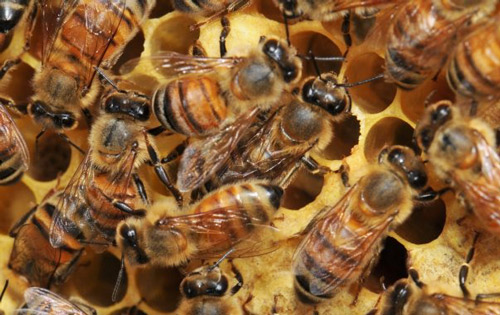
by Judy Biss | Aug 11, 2017

European Honey Bees
Photo: Ashley N. Mortensen; University of Florida
The UF/IFAS Extension Panhandle Agriculture Team is pleased to offer three intermediate level beekeeping classes. These classes will be offered via interactive web-conferencing at a number of Extension Offices across North Florida and will be taught by state and nationally recognized specialists. This summer series will be Thursday evenings from 6-7:30 pm Central Time, 7-8:30 pm Eastern Time. Each presentation will be followed by a question / answer period with the speaker. Registration for all three classes is $15 per person, or $25 for a family up to four, and covers course materials and refreshments.
Here is the lineup:
Thursday August 17th, Fall Pest and Disease Management -Varroa Mites and Nosema presented by Cameron Jack, UF/IFAS Bee Lab Apiarist
Thursday August 24th, Working With Pollination Contracts, presented by Jeanette Klopchin, FDACS Bureau of Plant and Apiary Inspection
Thursday September 7th, Minimizing Honey Bee Exposure to Pesticides, presented by Jeanette Klopchin, FDACS Bureau of Plant and Apiary Inspection.
Here is a link to a printable flyer and further details: Beekeeping in Panhandle Summer Series 2017.
Please call your local UF/IFAS Extension Office to register.
Call and register today!
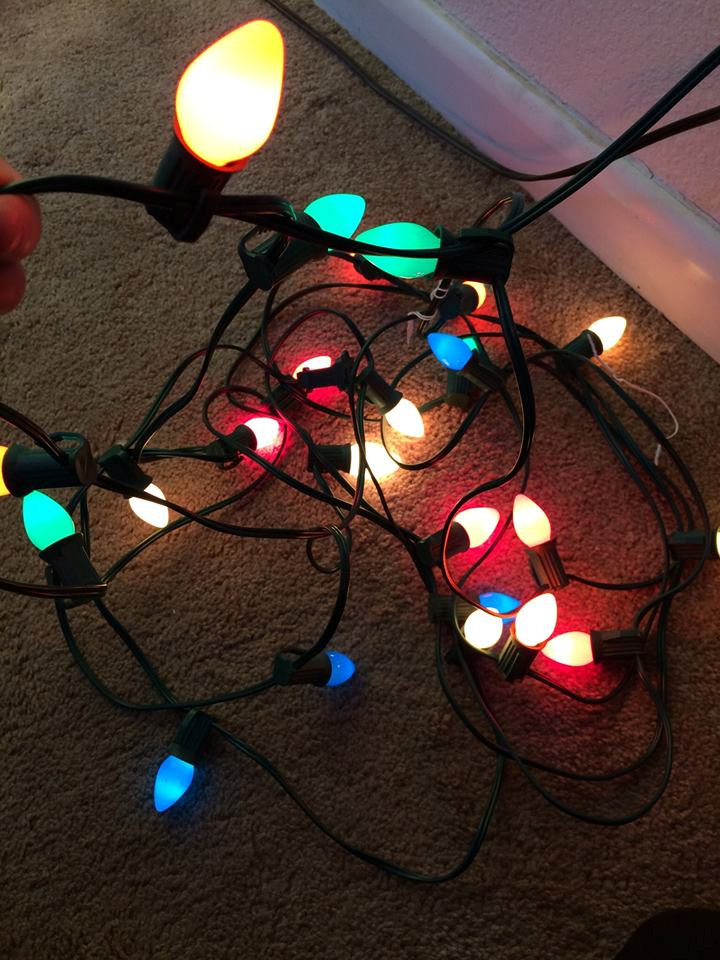
by Carrie Stevenson | Dec 5, 2016
I don’t know about you, but my kids have a lot of “stuff.” Legos on my son’s floor, stuffed animals surrounding my daughter’s room—it’s a lot to keep up with. Granted, they have never thrown away a Lego brick or stuffed animal, so they’re not contributing to the landfill (only my lack of sanity), and they have used these gifts for many years. When they outgrow them, we will donate their toys to another family or thrift shop. However, as a group, we Americans generate 25% more waste during the holidays (between Thanksgiving and New Year’s), the equivalent of about 1 million extra tons of garbage.
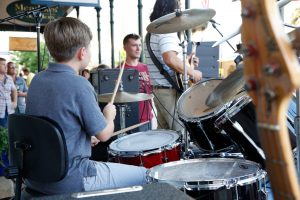
Music lessons are a gift that keeps on giving–and can result in a skill lasting a lifetime. Photo credit: Eric Stevenson
As I, and my children, have gotten older, it’s been more important to me to give the gift of experiences, or at least something that they can use for a long time. Tickets to a concert or sports event, music lessons, or a trip to someplace new will result in lifelong memories and skills without the packaging waste or clutter in the house.
Passing on an antique piece of jewelry or their grandfather’s tool set can be inexpensive for you but priceless for the recipient. Last year my kids’ great-aunt gifted them with honeybees for a family from Heifer International, and it was an amazing opportunity to discuss selfless giving and the needs of others. Many folks would love to receive a donation in their name to their favorite charity as a gift.
When it comes down to it, though, giving tangible gifts is often expected, wanted, or even needed. So how can we do this without contributing to 2017’s landfill? First, look at packaging. Many companies are trying to consciously reduce the amount of plastic, paper, and space used to ship and package their items. If you do get lots of extra packaging, be sure to recycle it. I’m a huge believer in reusable gift bags—I’ve been passing some back and forth to family members for years—and some gifts can be given in a useful container, such as a wooden bowl, a platter, or reusable cloth bags. Other gift ideas include clothing (I got a shirt last year made from recycled water bottles) and toys made from recycled materials. Plants, whether houseplants or a tree for the yard, make for long-lasting, beautiful gifts, and consumables like homemade food are meaningful and inexpensive.
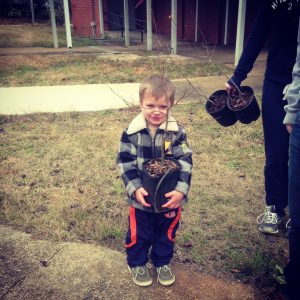
Consider giving plants as gifts–they are long-lasting and have many societal and environmental benefits. Photo credit: Carrie Stevenson
Finally, consider the companies producing the gifts you give. Forbes’ list of the 50 Most Sustainable Companies highlights corporations that are making a concerted effort to reduce energy and water use. This can make a big difference when you consider the worldwide reach and influence of companies like Adidas (#5) or Coca-Cola (#13).
We at UF IFAS Extension wish you all a wonderful, memorable, and safe holiday season. This time of year can be overwhelming, though, so if you need help managing stress, check out this publication from our Family, Youth, and Consumer Sciences department!
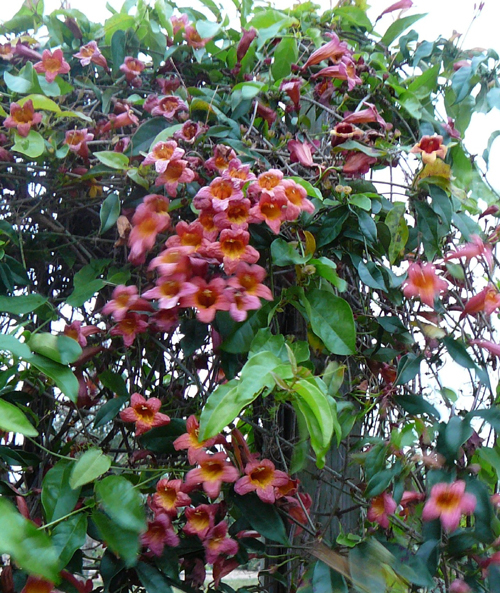
by Gary Knox | Oct 7, 2016
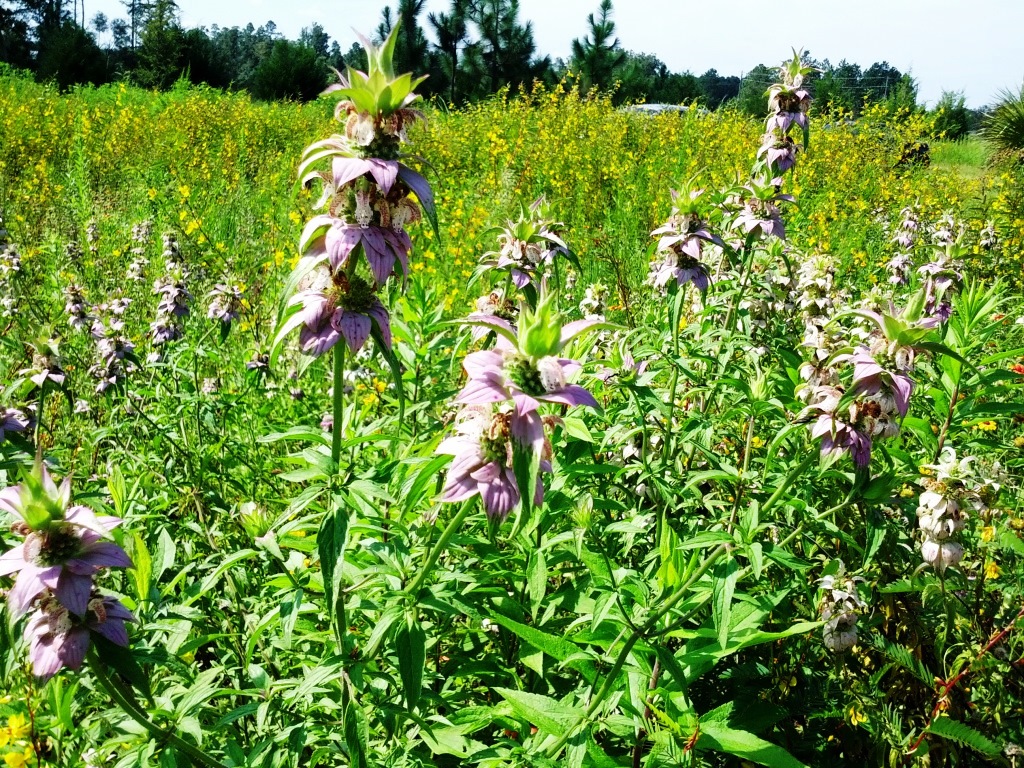 A “Gardening for Pollinator Conservation” Workshop will take place Thursday, October 13, at the UF/IFAS North Florida Research and Education Center (NFREC) in Quincy. Pollinators are important in conserving native plants, ensuring a plentiful food supply, encouraging biodiversity and helping maintain a healthier ecological environment – – – the so-called “balance of nature.” Come learn how you can conserve and promote pollinators in your own garden, all while beautifying your own little piece of Nature.
A “Gardening for Pollinator Conservation” Workshop will take place Thursday, October 13, at the UF/IFAS North Florida Research and Education Center (NFREC) in Quincy. Pollinators are important in conserving native plants, ensuring a plentiful food supply, encouraging biodiversity and helping maintain a healthier ecological environment – – – the so-called “balance of nature.” Come learn how you can conserve and promote pollinators in your own garden, all while beautifying your own little piece of Nature.
As in previous years, nursery vendors will be selling pollinator plants at the Oct. 13 workshop, making it convenient for you to put into practice what you learn at the workshop! Registration is just $15 per person and includes lunch, refreshments, and handouts.
Check out the workshop details and register at: https://gardeningforpollinatorconservation.eventbrite.com/
What: Gardening for Pollinator Conservation
When: Thursday, October 13, 8:30 am to 5:00 pm EDT
Where: University of Florida/IFAS North Florida Research and Education Center, 155 Research Road, Quincy, FL. Located just north of I-10 Exit 181, 3 miles south of Quincy, off Pat Thomas Highway, SR 267.
Cost: $15 per person (includes lunch, refreshments and handouts)
Registration: https://gardeningforpollinatorconservation.eventbrite.com
For more information, contact: Gary Knox, gwknox@ufl.edu; 850.875.7105
For a printable Flyer click here: Gardening for Pollinators Workshop
Our workshop builds on previous successful pollinator workshops held at Leon Co. Extension last year and in Marianna in 2012. This workshop was developed as a collaboration of county faculty from several extension offices with folks from the Florida Fish & Wildlife Conservation Commission as well as UF/IFAS NFREC. Sponsors helping defray costs include Florida Native Plant Society – Magnolia Chapter, Gardening Friends of the Big Bend, Inc., Mail-Order Natives, and University of Florida/IFAS North Florida Research and Education Center.
We look forward to seeing you at the workshop!











